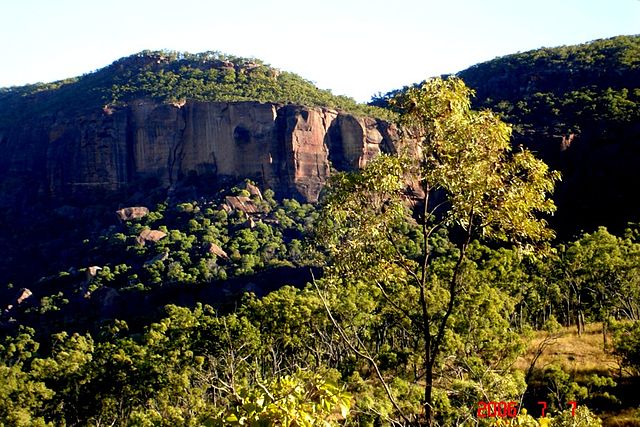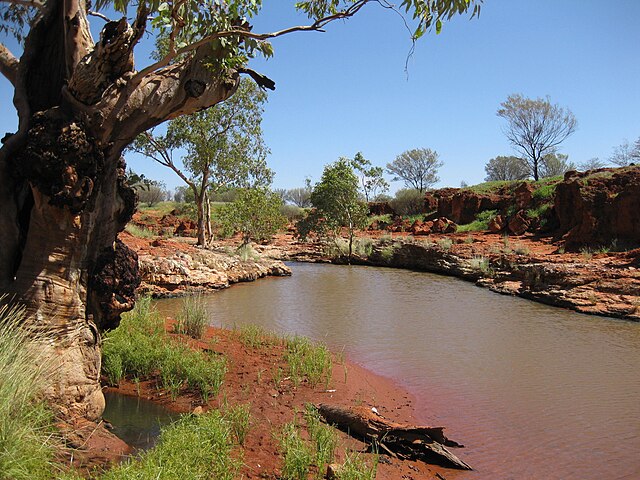Australia's National Reserve System (NRS) is a network of more than 10,000 Commonwealth plus state and territory protected areas which, in combination, on a national scale, protect more than 137 million hectares, greater than 17% of the continent, of unique biodiversity and most significant ecological landscapes for future generations. The aim of the NRS is protect the diversity of all native landscapes, flora and fauna across Australia through strategic habitat protection. It consists of public, indigenous and privately protected areas of land and inland freshwaters.
Sample of Signage, within a Wet Tropics portion of National Reserve System
Indigenous Protected Area
An Indigenous Protected Area (IPA) is a class of protected area used in Australia; each is formed by voluntary agreement with Indigenous Australians, and declared by Aboriginal Australians and Torres Strait Islander representative organisations. Each is formally recognised by the Australian Government as being part of its National Reserve System. The areas may comprise land and sea, and are managed by Indigenous groups for the conservation of biodiversity. Managing IPAs also helps to protect the cultural values of their country for future generations, and has benefits for Indigenous health, education, economic and social cohesion.
The proposed Ngarrabullgin Indigenous Protected Area
Yaua waterhole after rain, Angas Downs IPA



